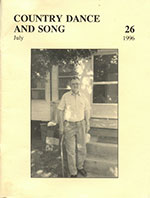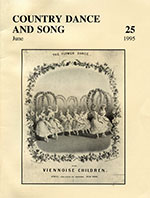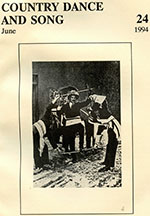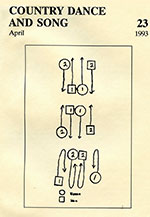Playing All Bob McQuillen’s Tunes—A Centenary Celebration in 2023
Bob McQuillen wrote over 1,700 tunes in his lifetime. In 2023, over 750 people in more than 140 places around the world played Bob’s tunes and sent in notes, remembrances, and photos.
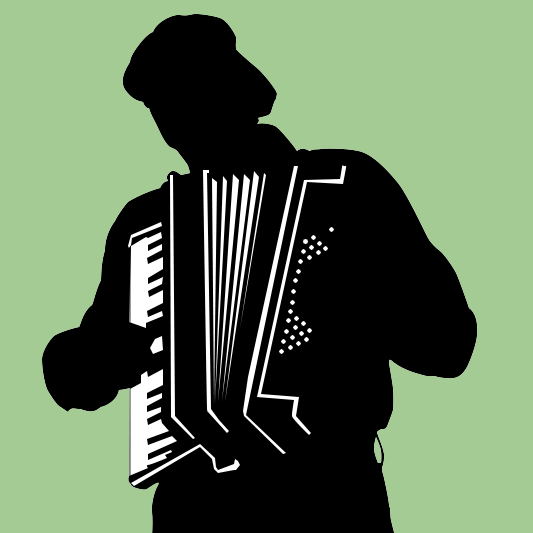
Playing All Bob McQuillen’s Tunes—A Centenary Celebration in 2023
Bob McQuillen wrote over 1,700 tunes in his lifetime. In 2023, over 750 people in more than 140 places around the world played Bob’s tunes and sent in notes, remembrances, and photos.
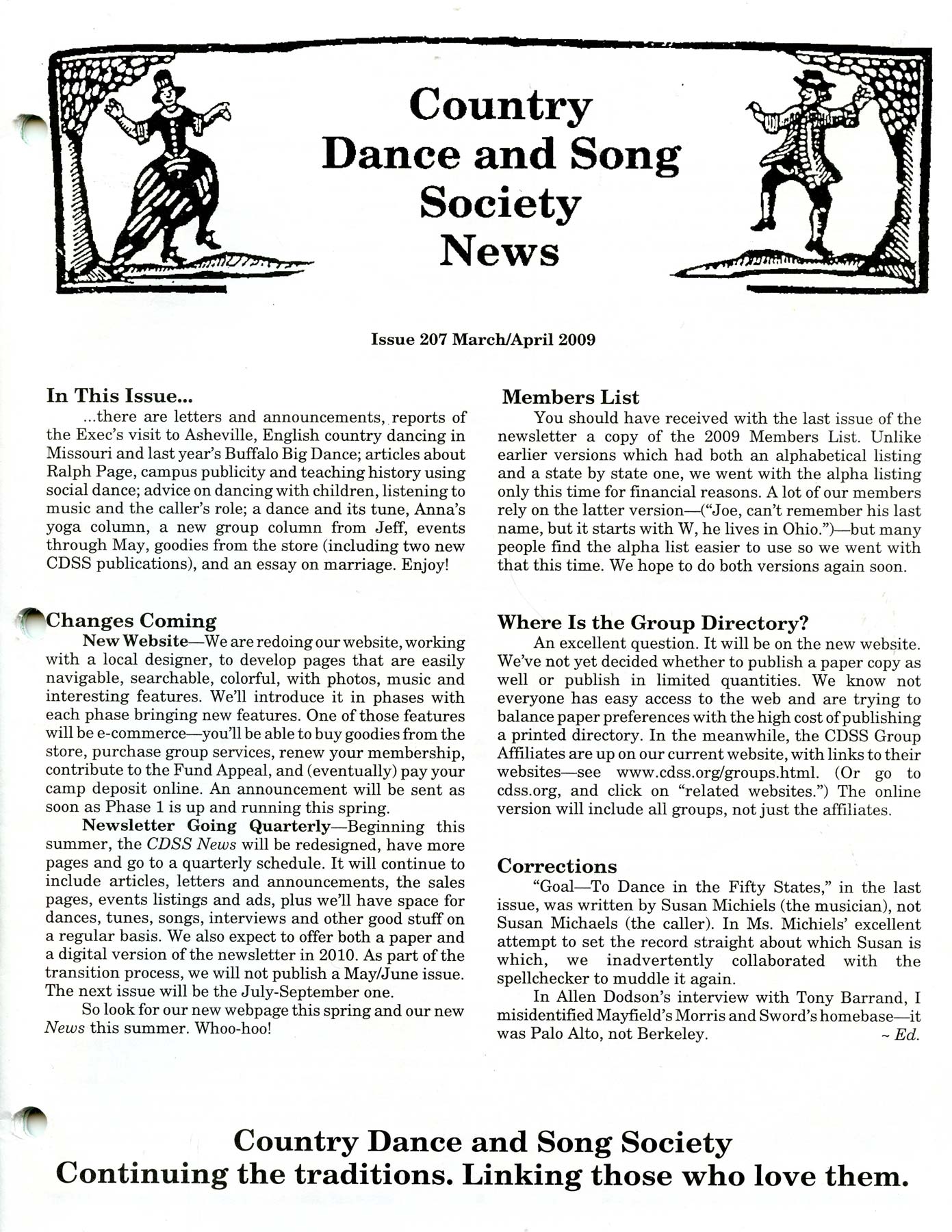 March-April 2009
March-April 2009Table of Contents Download PDF
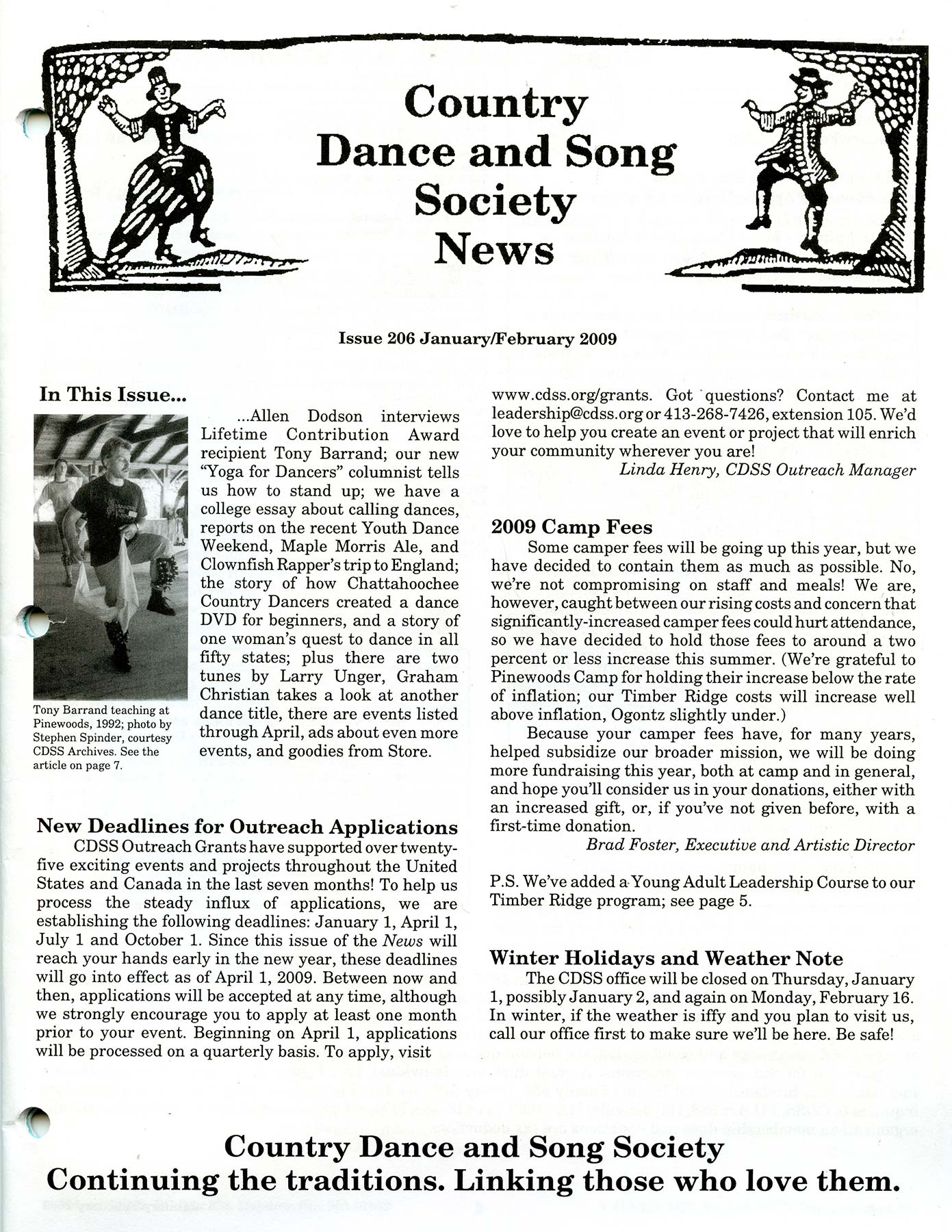 January-February 2009
January-February 2009Table of Contents Download PDF
 Volume 192, September-October 2006
Volume 192, September-October 2006 Volume 58, May-June 1984
Volume 58, May-June 1984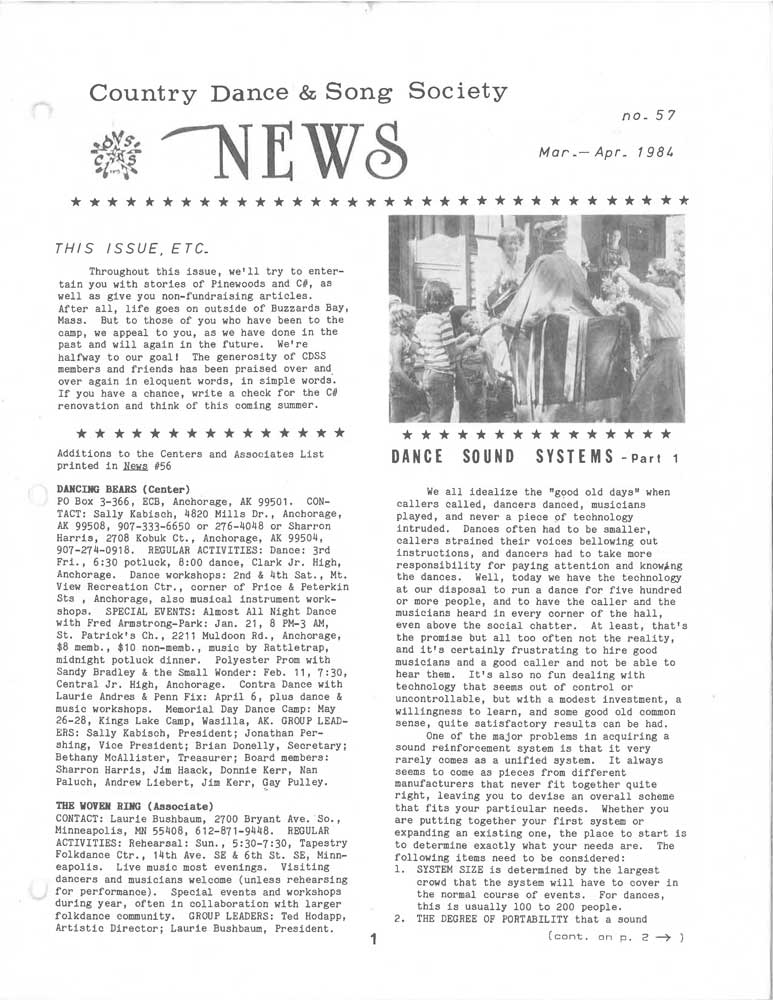 Volume 57, March-April 1984
Volume 57, March-April 1984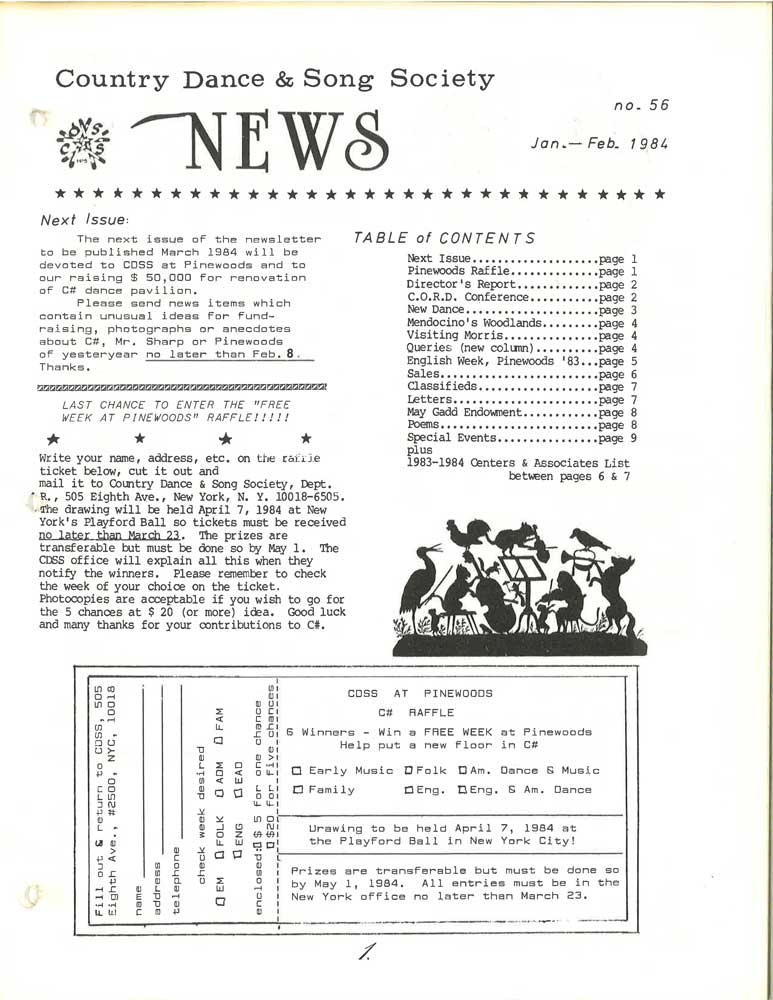 Volume 56, January-February 1984
Volume 56, January-February 1984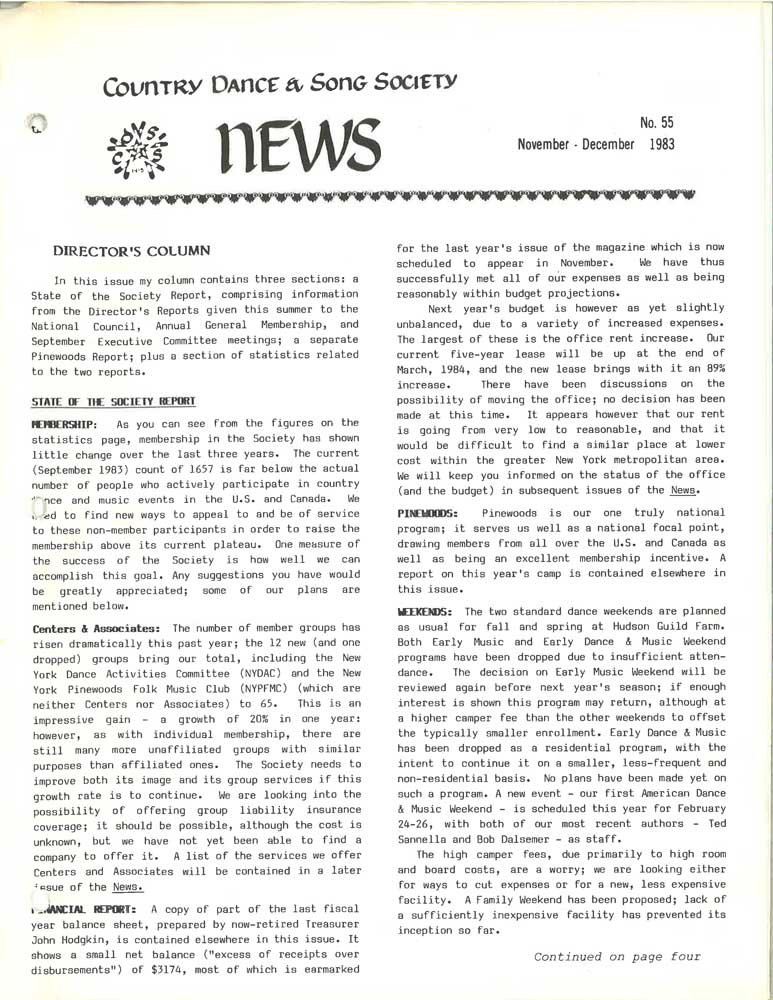 Volume 55, November-December 1983
Volume 55, November-December 1983 Volume 54, September-October 1983
Volume 54, September-October 1983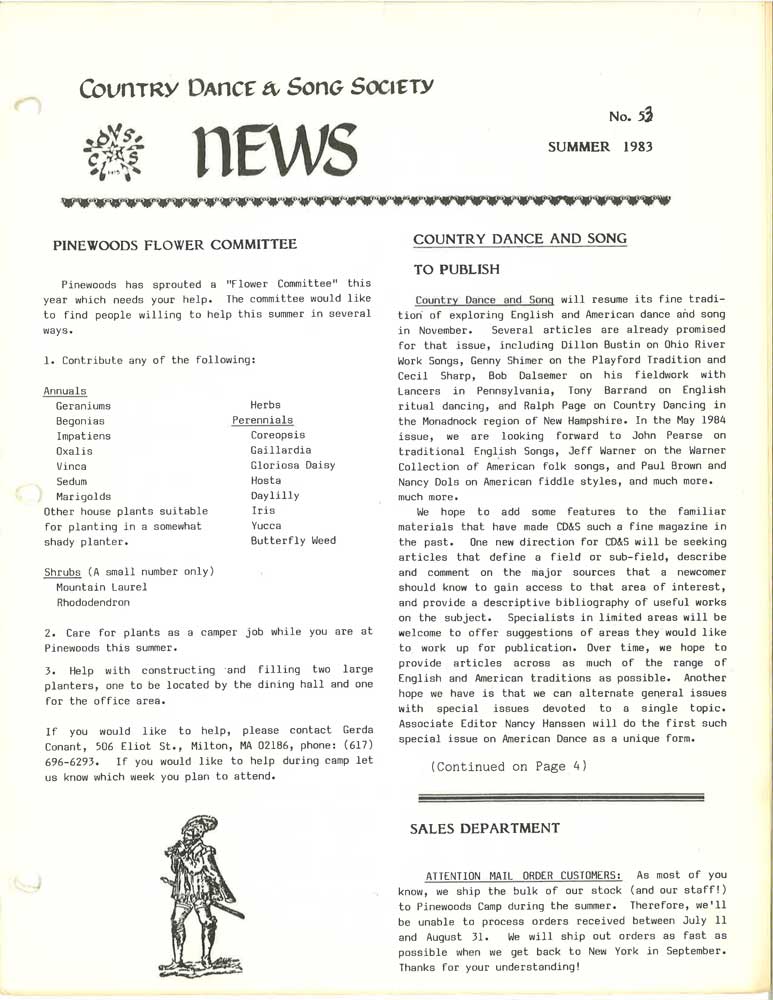 Volume 53, Summer 1983
Volume 53, Summer 1983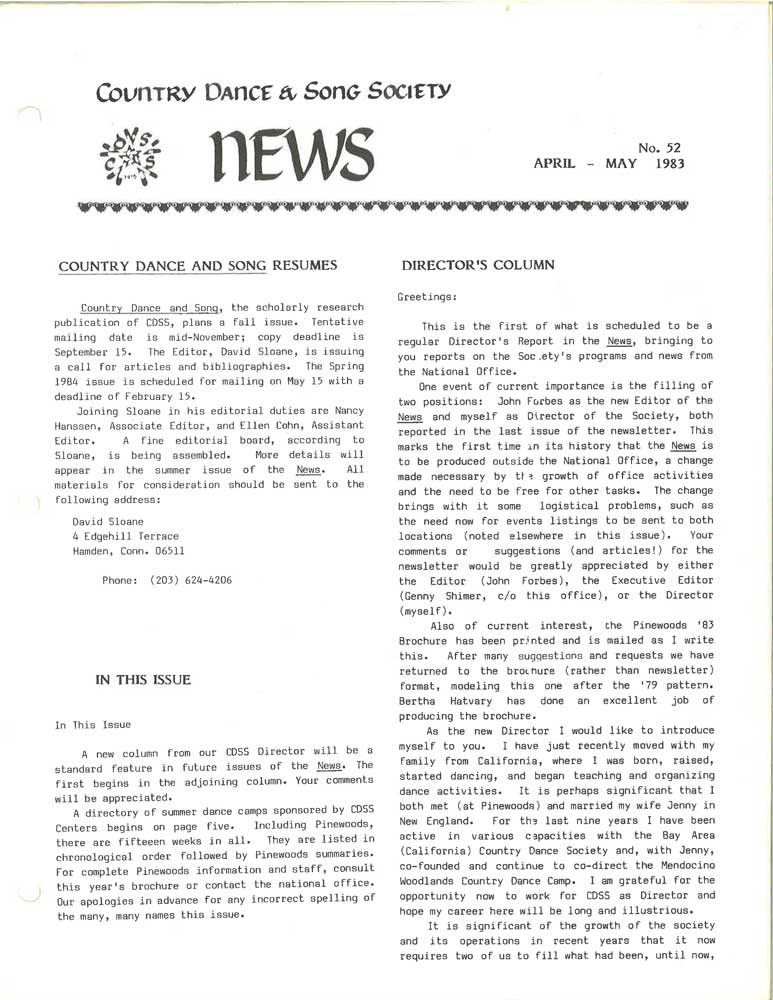 Volume 52, April-May 1983
Volume 52, April-May 1983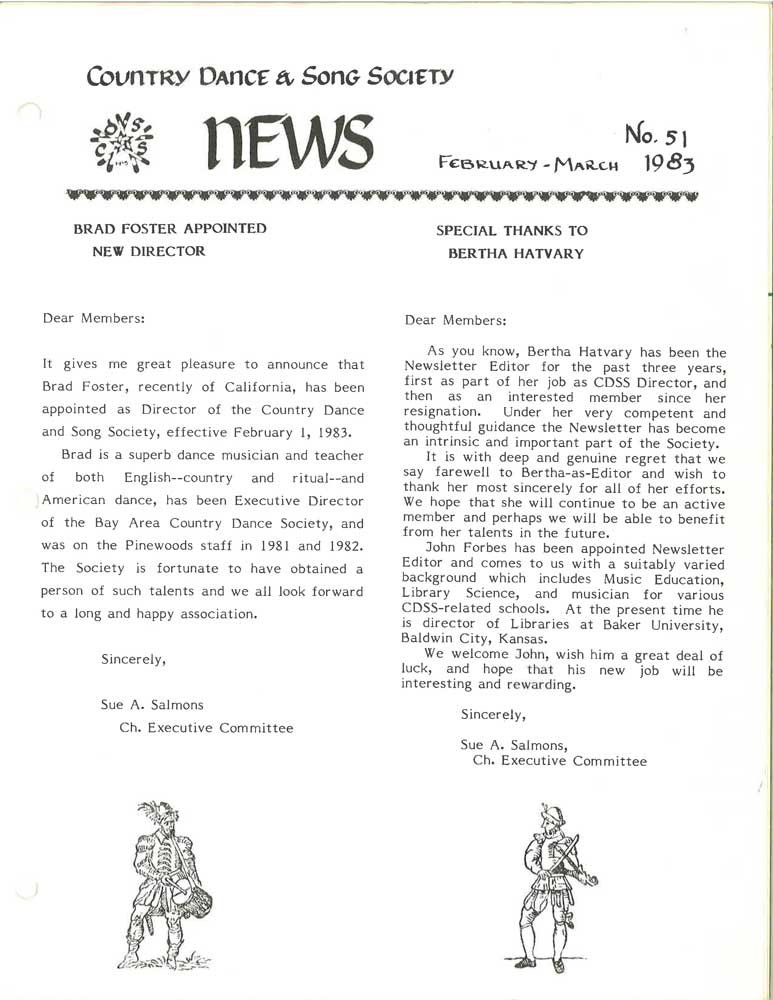 Volume 51, February-March 1983
Volume 51, February-March 1983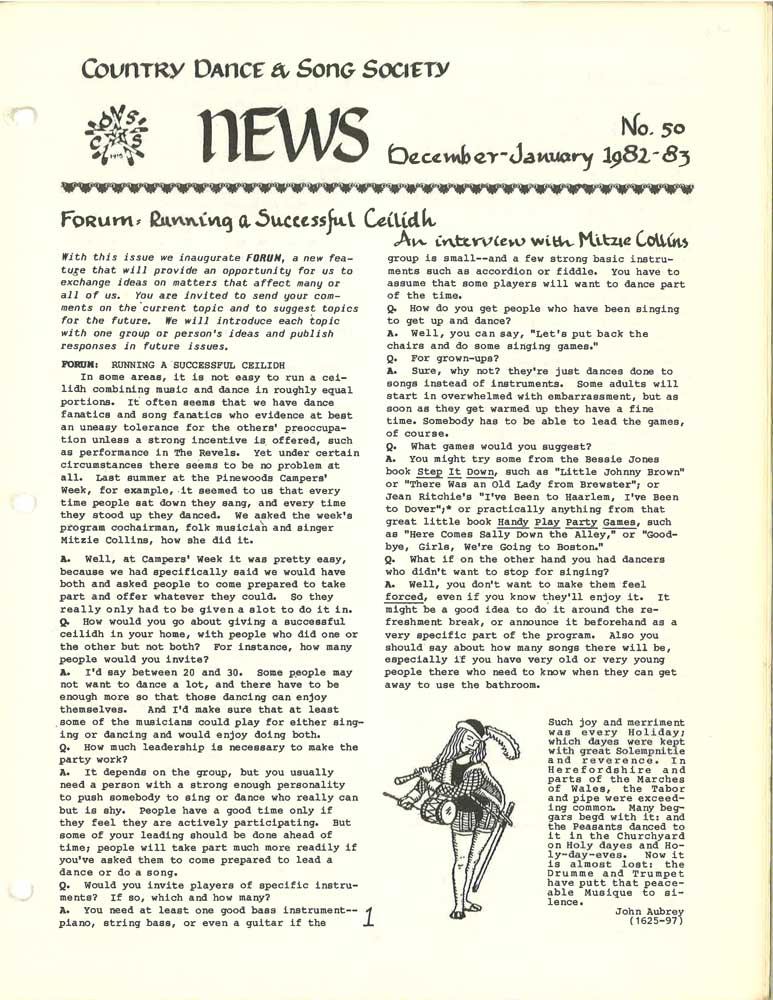 Volume 50, December 1982-January 1983
Volume 50, December 1982-January 1983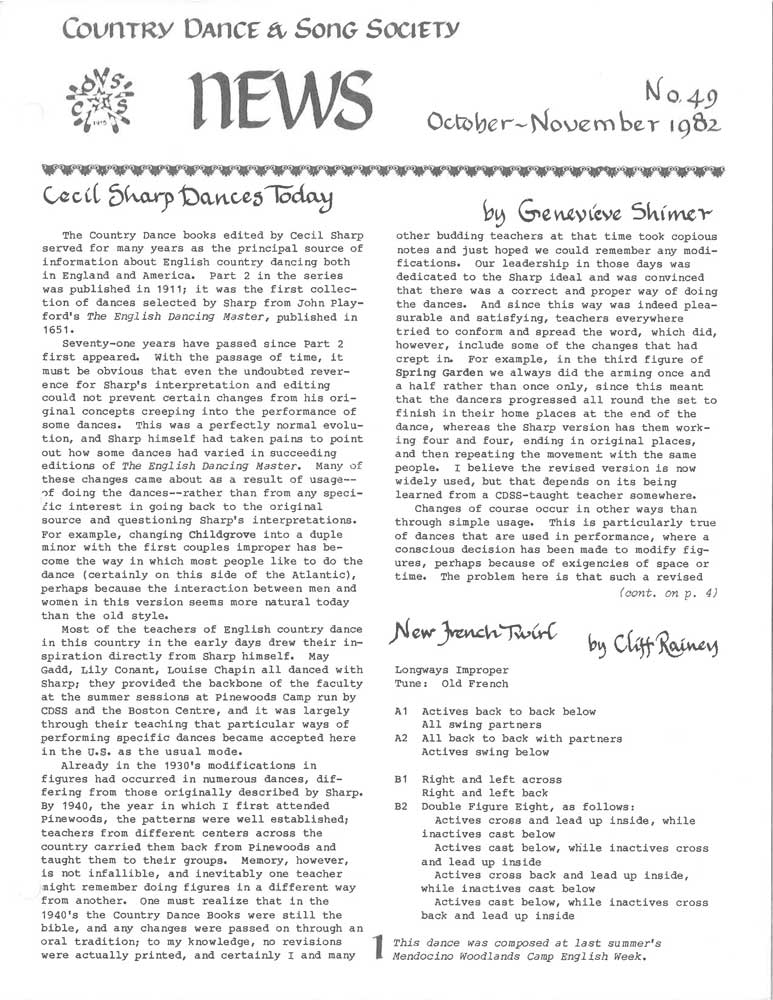 Volume 49, October-November 1982
Volume 49, October-November 1982 Volume 48, August-September 1982
Volume 48, August-September 1982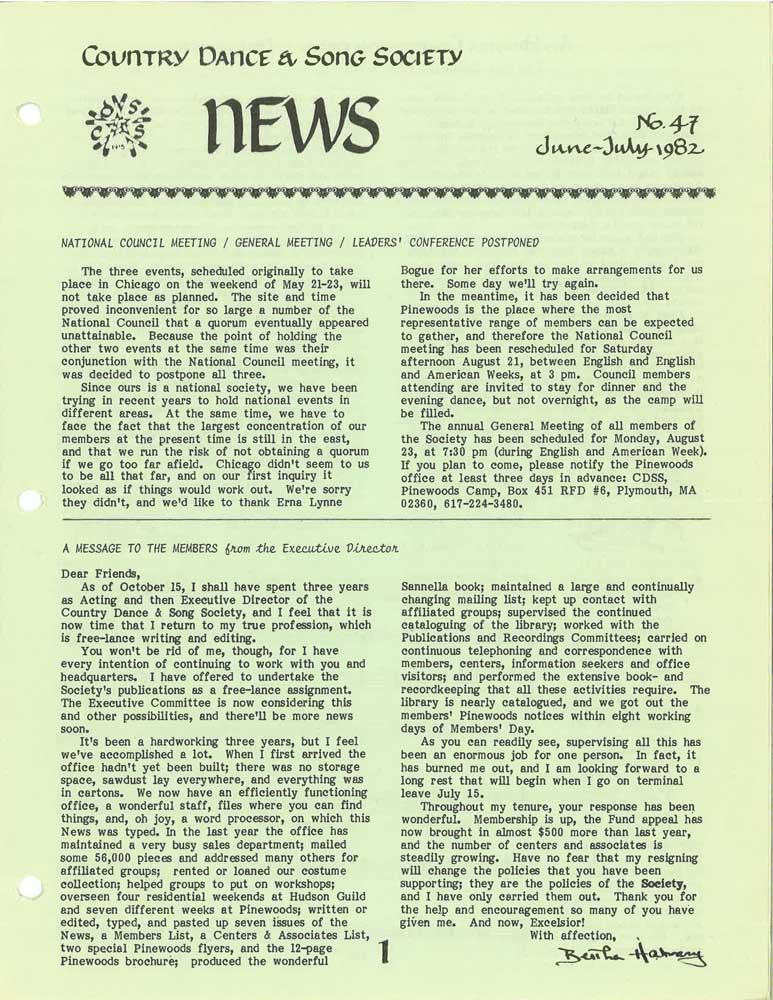 Volume 47, June-July 1982
Volume 47, June-July 1982 Volume 46, April-May 1982
Volume 46, April-May 1982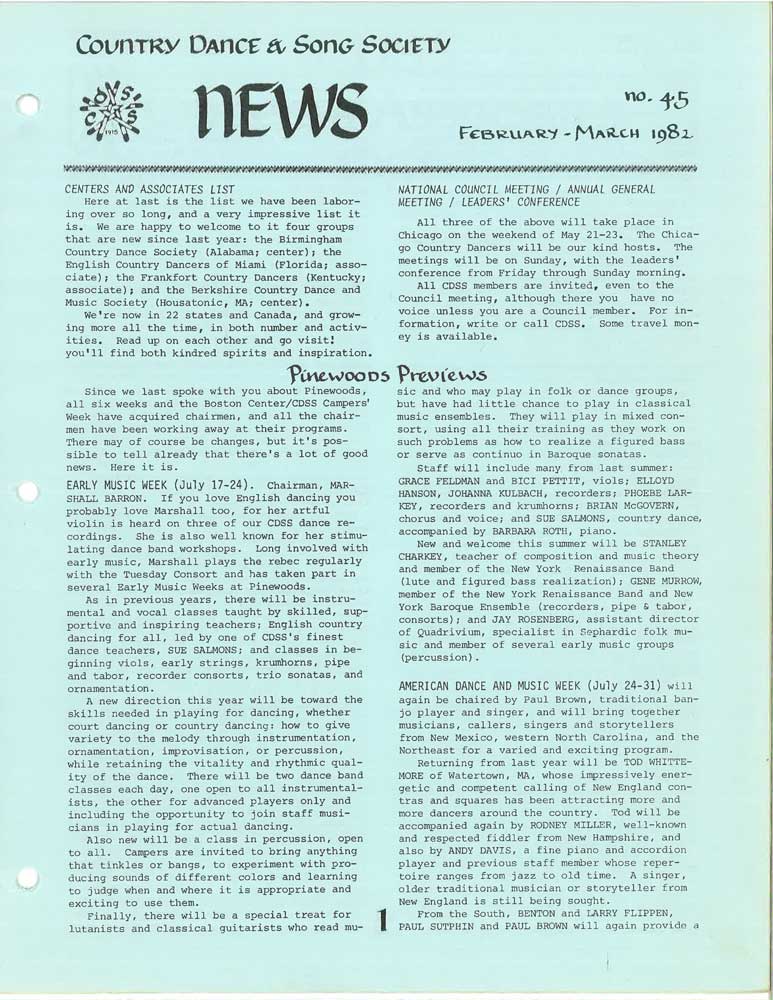 Volume 45, February-March 1982
Volume 45, February-March 1982 Volume 44, December 1981-January 1982
Volume 44, December 1981-January 1982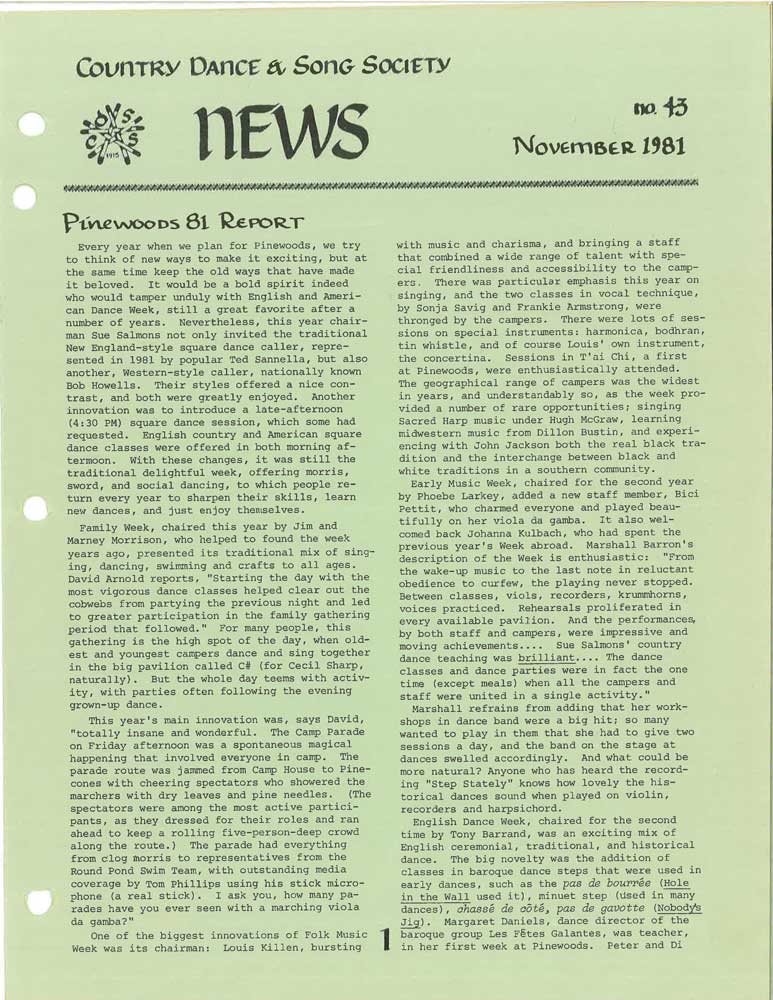 Volume 43, November 1981
Volume 43, November 1981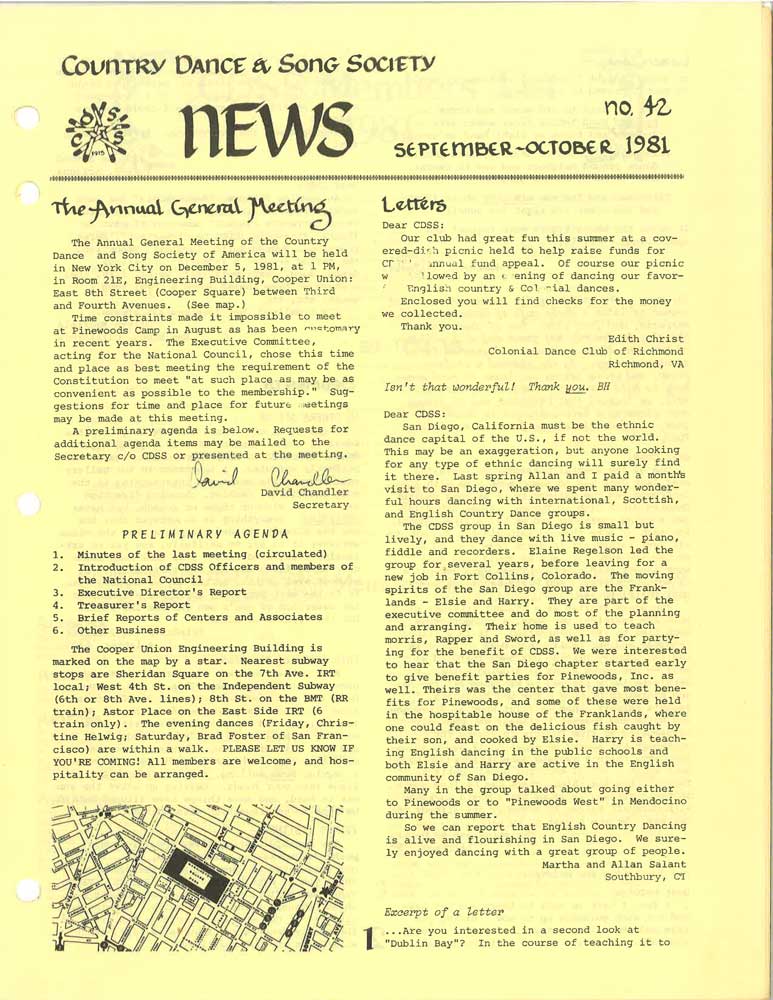 Volume 42, September-October 1981
Volume 42, September-October 1981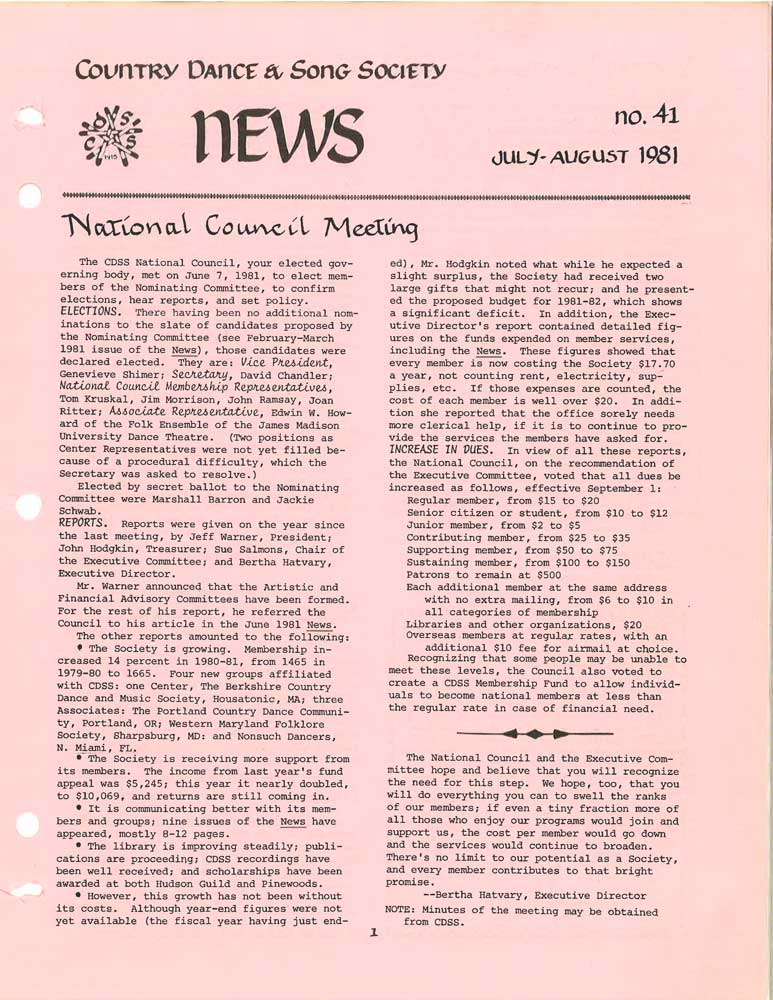 Volume 41, July-August 1981
Volume 41, July-August 1981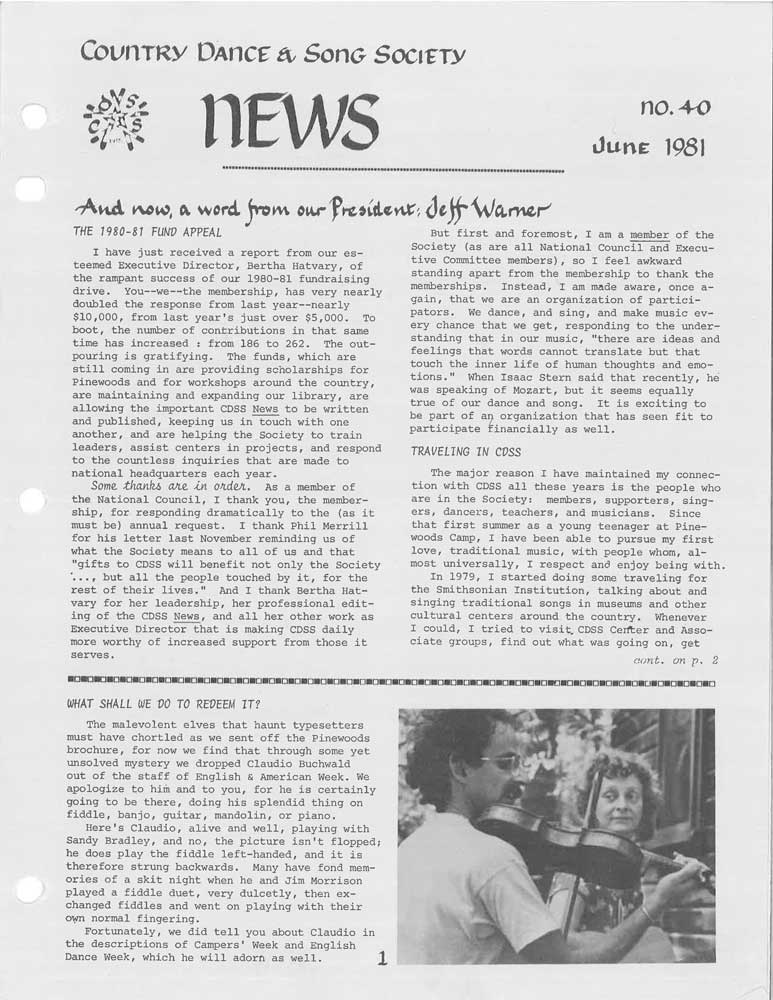 Volume 40, June 1981
Volume 40, June 1981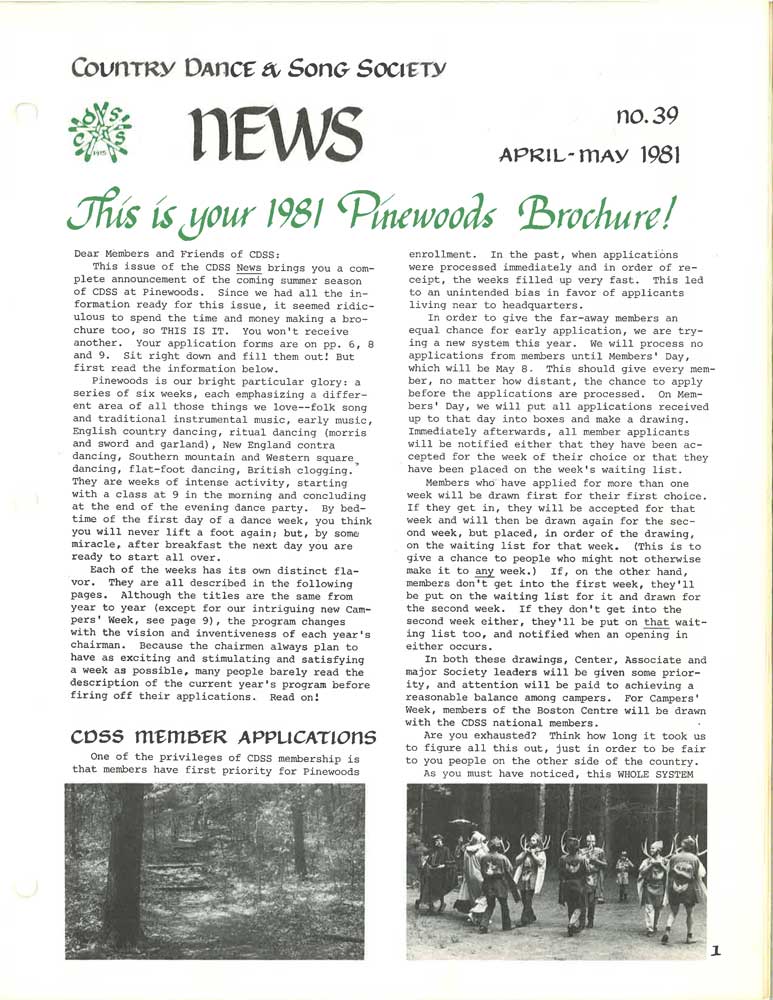 Volume 39, April-May 1981
Volume 39, April-May 1981 Volume 38, February-March 1981
Volume 38, February-March 1981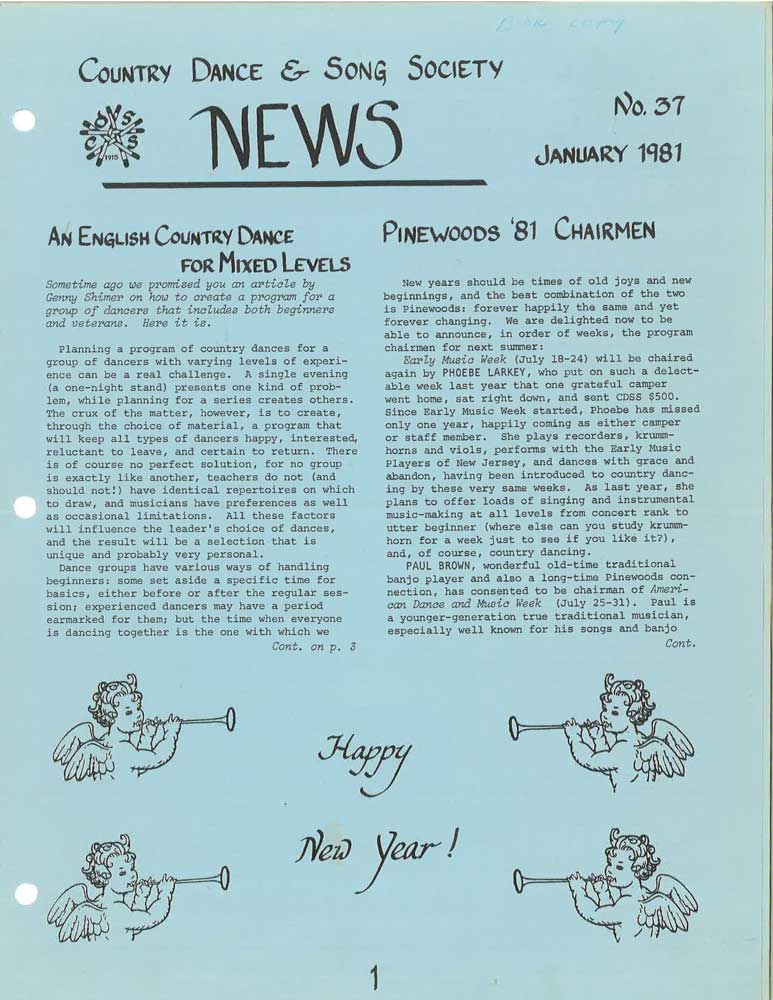 Volume 37, January 1981
Volume 37, January 1981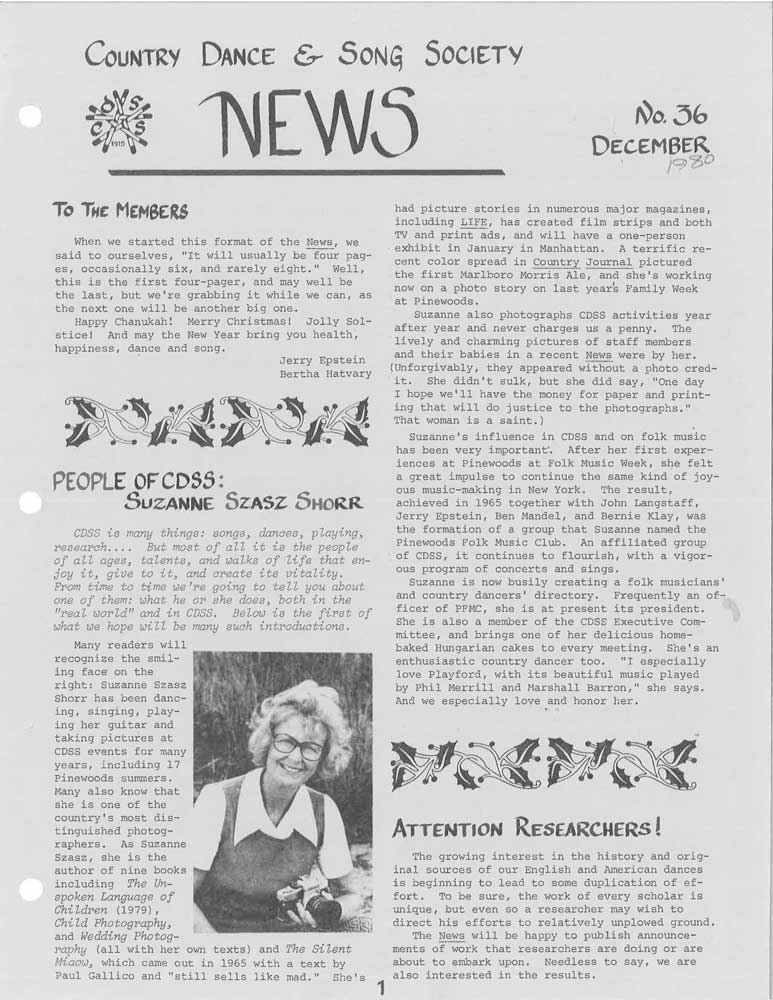 Volume 36, December 1980
Volume 36, December 1980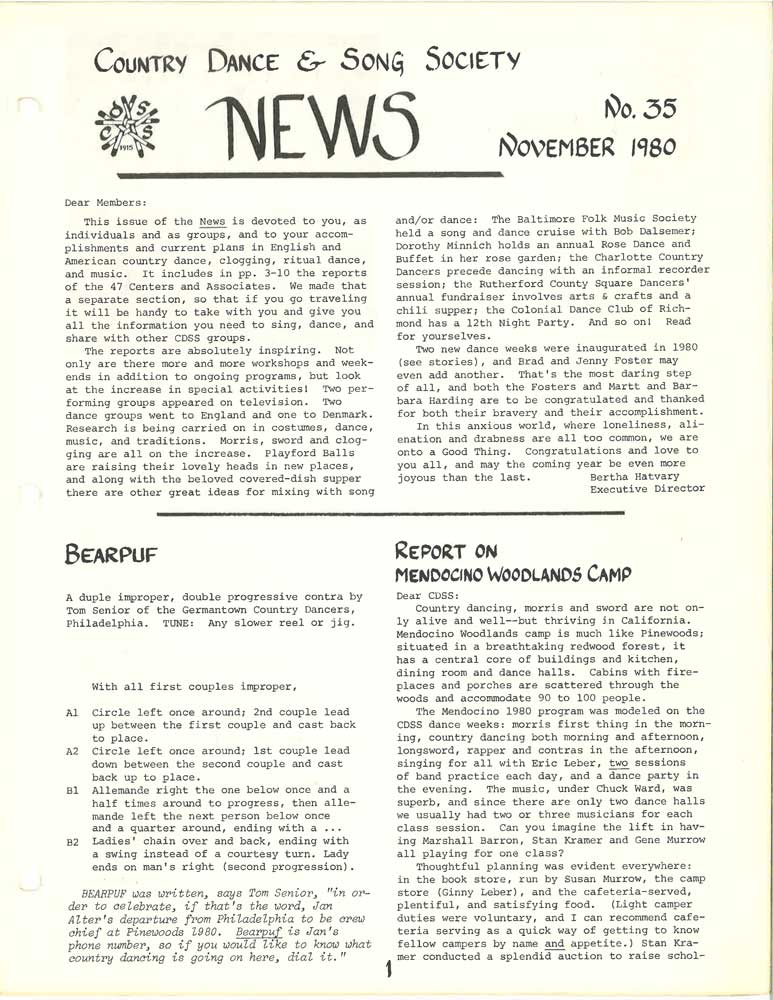 Volume 35, November 1980
Volume 35, November 1980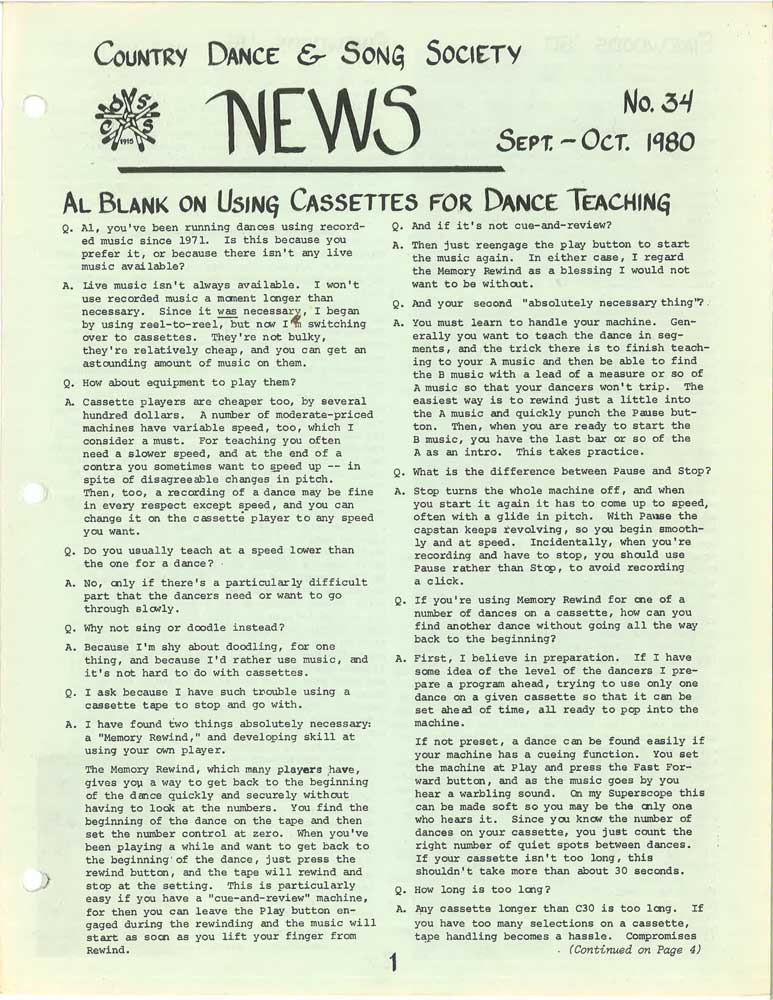 Volume 34, September-October 1980
Volume 34, September-October 1980 Volume 33, July-August 1980
Volume 33, July-August 1980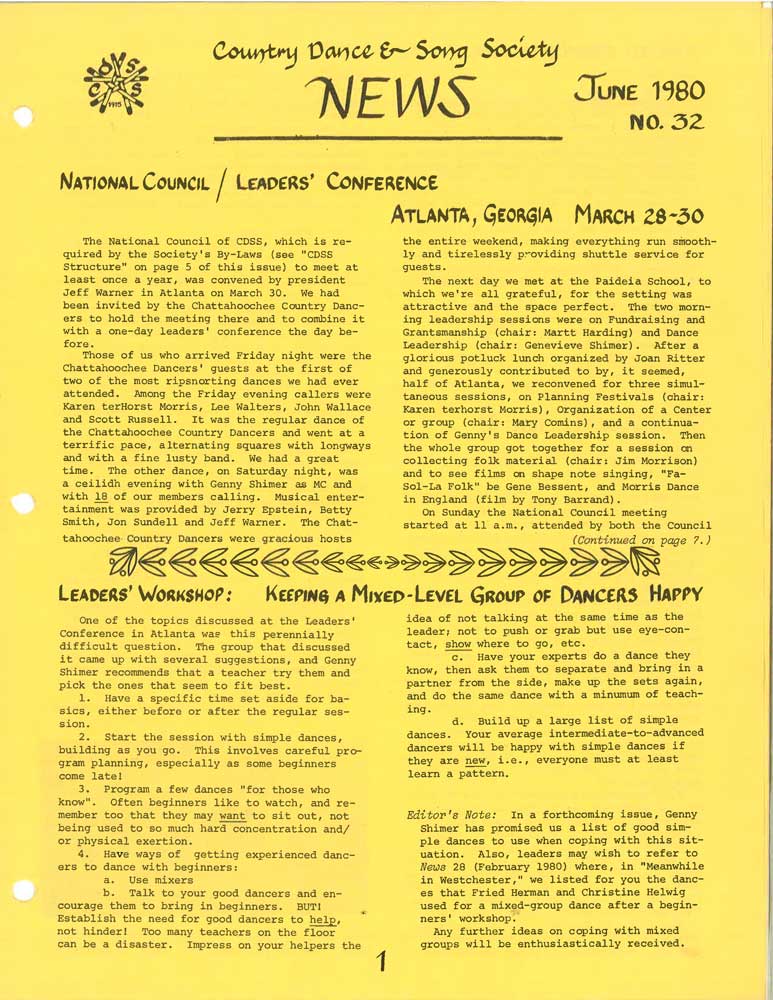 Volume 32, June 1980
Volume 32, June 1980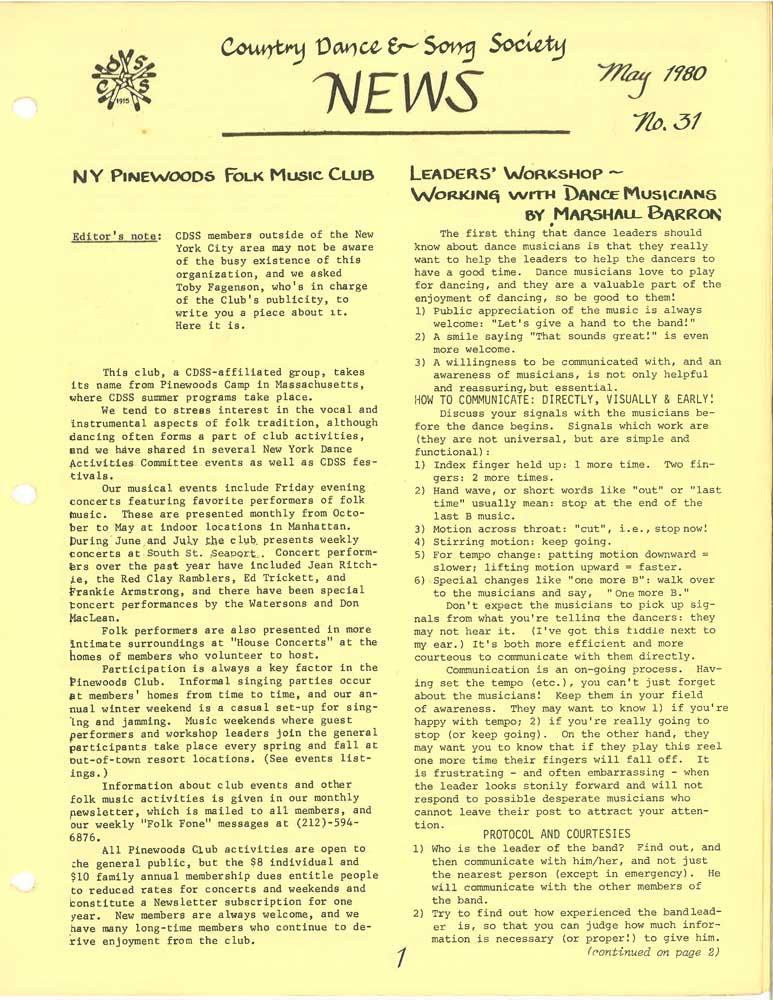 Volume 31, May 1980
Volume 31, May 1980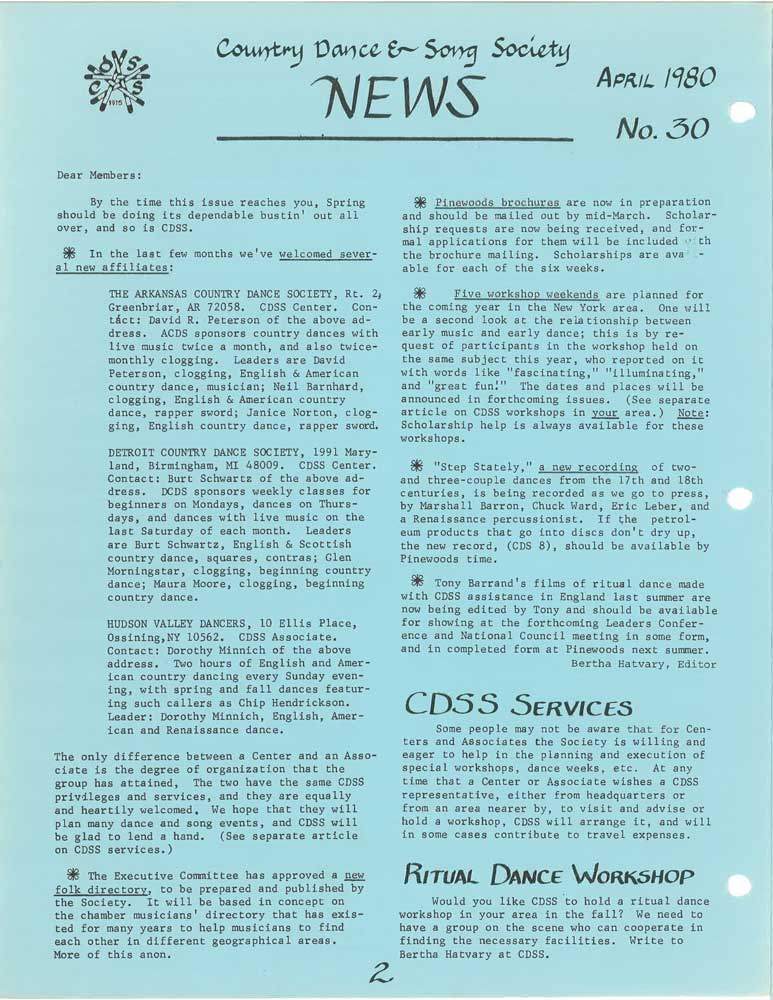 Volume 30, April 1980
Volume 30, April 1980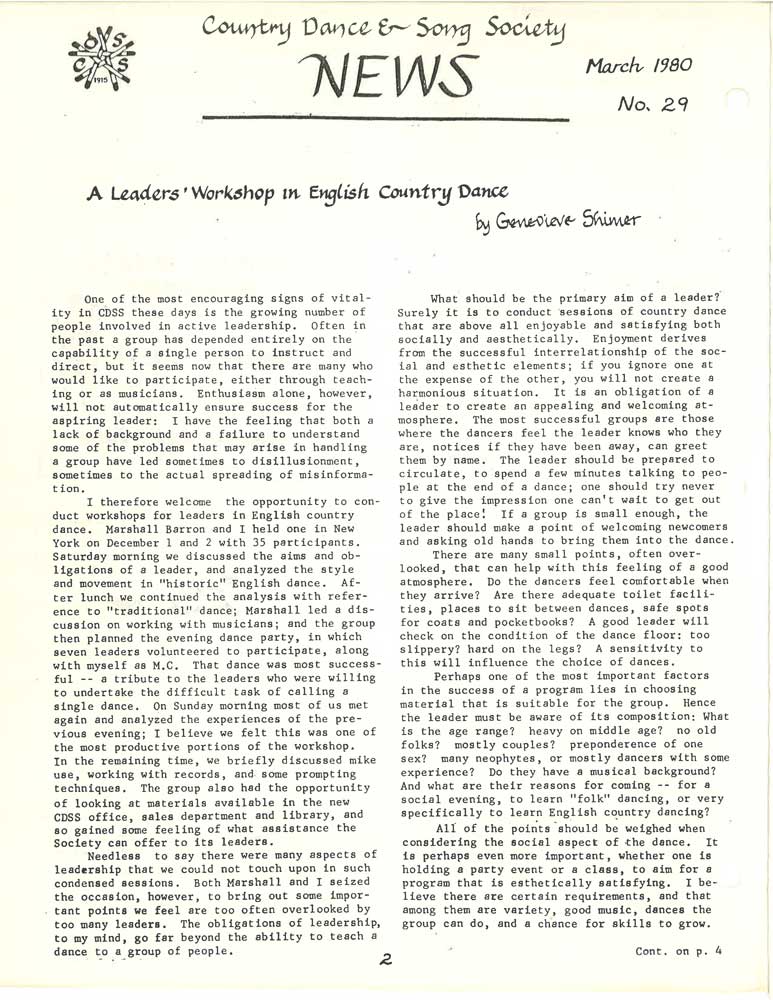 Volume 29, March 1980
Volume 29, March 1980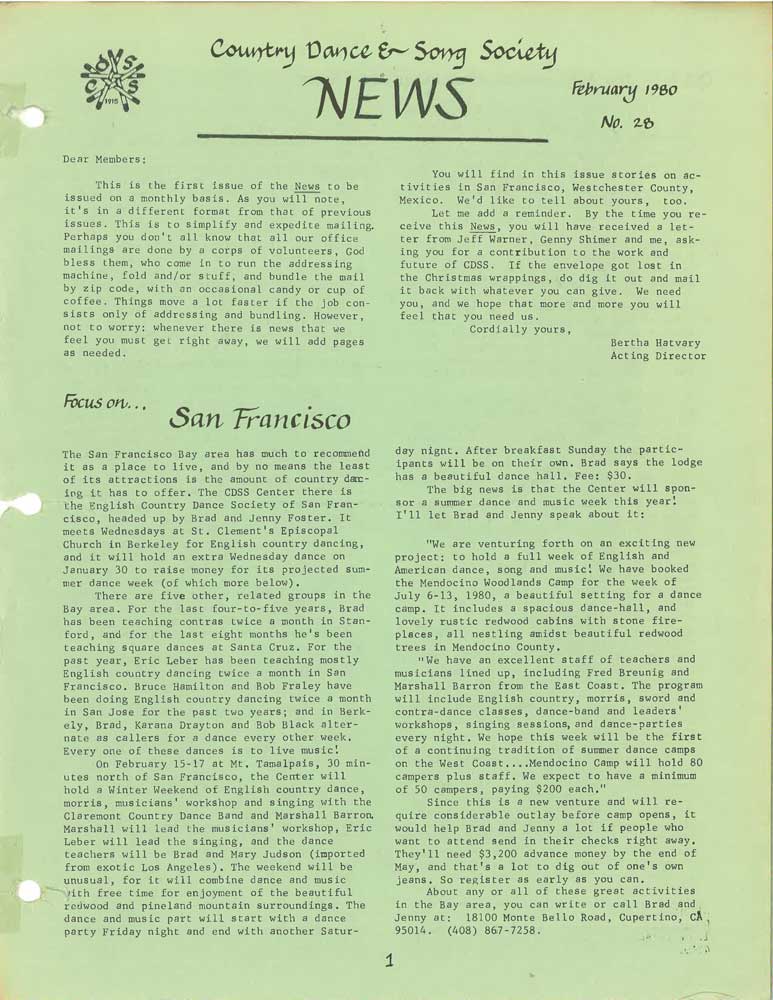 Volume 28, February 1980
Volume 28, February 1980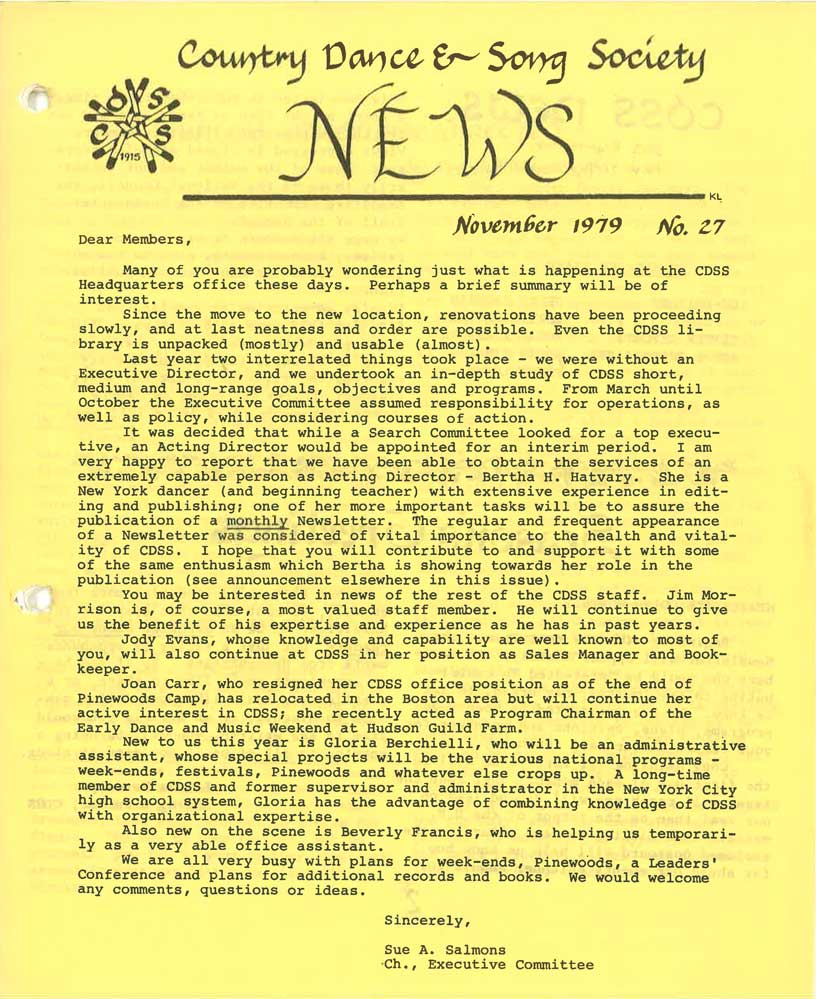 Volume 27, November 1979
Volume 27, November 1979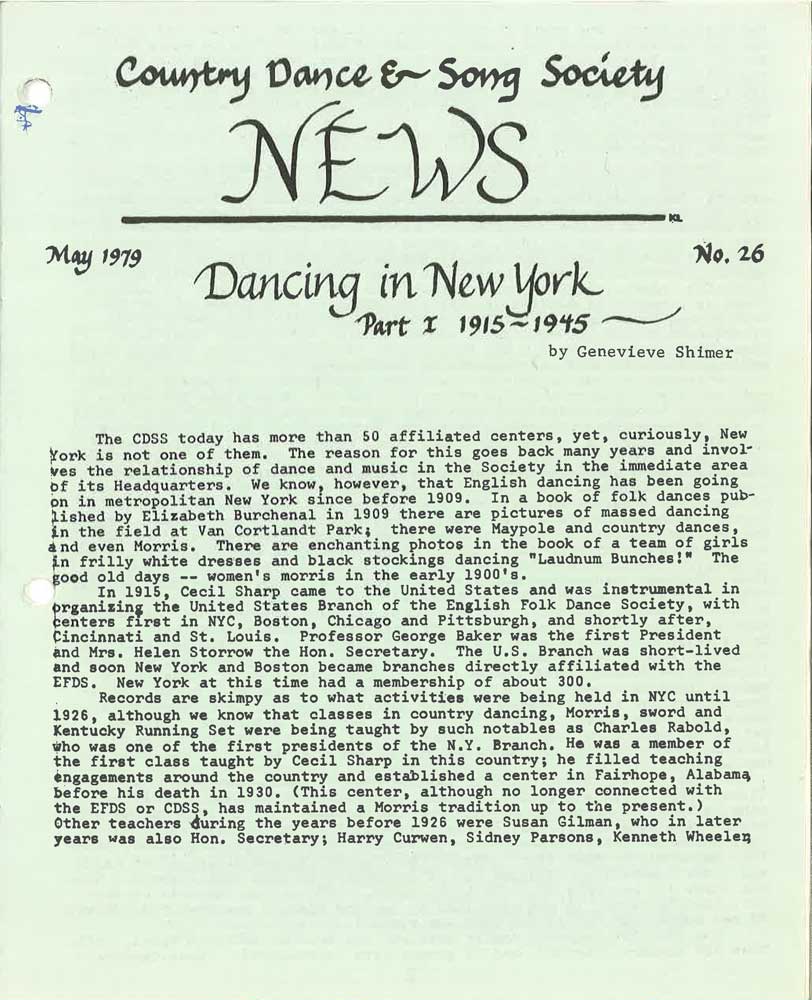 Volume 26, May 1979
Volume 26, May 1979 February 1979: Memorial Celebration for May Gadd
February 1979: Memorial Celebration for May Gadd
Country Dance and Song Society News Archives: CDSS’s magazine published from 1979-2009
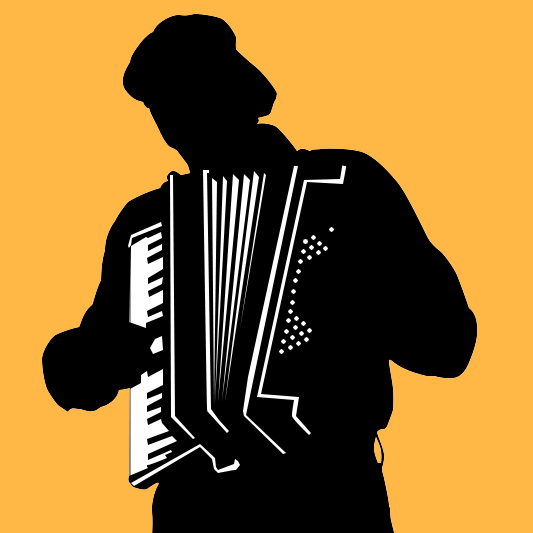
Bob McQuillen Curated Tune Lists: Curated lists of Bob’s 1500 tunes, for making the collection more accessible!
Bob McQuillen was a prolific composer who played a pivotal role in the contra dance revival of the last fifty years. He self-published fifteen Note Books with 1,554 tunes, the last one in 2012.
All these tunes are now available via a single app in the Apple App Store.
If you are unfamiliar with Bob McQuillen’s tunes, perhaps 1,554 tunes are too many to sort through. You could start at the beginning with Scotty O’Neil, Bob’s first tune (composed in 1973) and work your way through all of them. As an alternative, we have provided a few lists that might be more manageable.
In this Google sheet, you will find 6 tabs: McQuillen Classics, Easier Tunes, Hidden Gems, Recorded, Old New England, and Links.
Many of the recordings can be found on YouTube; some are available on Spotify and other streaming services. You can hear Bob himself playing piano on recordings with Old New England (with Deanna Stiles and Jane Orzechowsk), the Rhythm Rollers (with Laurie Andres, Cathie Whitesides, and WB Reid), Applejack, and others.
These choices are “in the eye of the beholder”—you may have a different set of tunes you consider “easier” or “gems.” I encourage you to explore and enjoy this great collection of tunes.
–Laurie Indenbaum
Go straight to the Barnes Three spreadsheet
The Barnes Book of English Country Dance Tunes, volume three, adds over 400 tunes to the collections in volumes one and two. The goal of this database is to provide information and instructions for all the dances in the third volume. Reaching this goal with a traditional publication would be an endless task. So I am instead taking an incremental approach and posting instructions for dances as they become available. The possibility to correct, amend, and expand is a welcome advantage of on-line publication.
The material in this project is available for personal use under the Creative Commons license Attribution-NonCommercial-ShareAlike (CC-BY-NC-SA). The dance instructions appear on this website with the permission of the choreographers and reconstructors or persons responsible for their estates. Other dances are listed with references to published sources for the instructions. The individual dances and tunes remain under the copyright of their choreographers and composers and may not be reprinted without their written permission.
This is a volunteer project with no source of income, so the only compensation offered to choreographers and reconstructors is references and links to the published source of the dance. You are encouraged to track down these publications for the full information and background on these dances.
To view the dance instructions that are available, click on the title of the dance.
To sort on a column, select that column and, under the data tab, click on “Sort sheet” (or “Sort range” to access advanced sorting options). Note the narrow columns with gray text. They allow sorting by last names or on titles without the leading articles “a”, “an”, and “the”.
Cells with green backgrounds provide additional information not in Barnes Three. Yellow backgrounds indicate an alternate spelling, capitalization, or other minor discrepancy. Red backgrounds indicate discrepancies in titles, attribution, or form.
Unless modified in the instructions, these conventions are to be followed.
Below are the codes for the dance formations.
| DML | duple-minor longways |
| TML | triple-minor longways |
| SC | Sicilian circle |
| Cc | circle of couples |
| 2cL | two-couple longways |
| 3cL | three-couple longways |
| 4cL | four-couple longways |
| 5cL | five-couple longways |
| 6cL | six-couple longways |
| 3cC | three-couple circle |
| 4cS | four-couple square |
These can be modified by
| i | top couple improper in each minor set |
| 2i, 3i, 4i, etc. | indicated couple or couples improper |
| B | Becket formation (couples proper facing across the set) |
| m | mixer |
Here are the guidelines I use in my subjective assignment of numerical values to the difficulty and energy levels of these dances.
| 5 | workshop dance |
| 4 | challenging for advanced dancers |
| 3 | challenging for experienced dancers |
| 2 | a few points require care |
| 1 | beginners will require help |
| 0 | straightforward dance |
| 5 | frantic |
| 4 | vigorous |
| 3 | moderate |
| 2 | calm |
| 1 | deliberate |
Comments and suggestions are welcome and encouraged. Let me know if you spot an error (from typographical to an incorrect or ambiguous instruction). I also appreciate receiving your ideas about improving these instructions in clarity, completeness, conciseness, or other ways. Contact me, Robert Messer, at ram@albion.edu.
